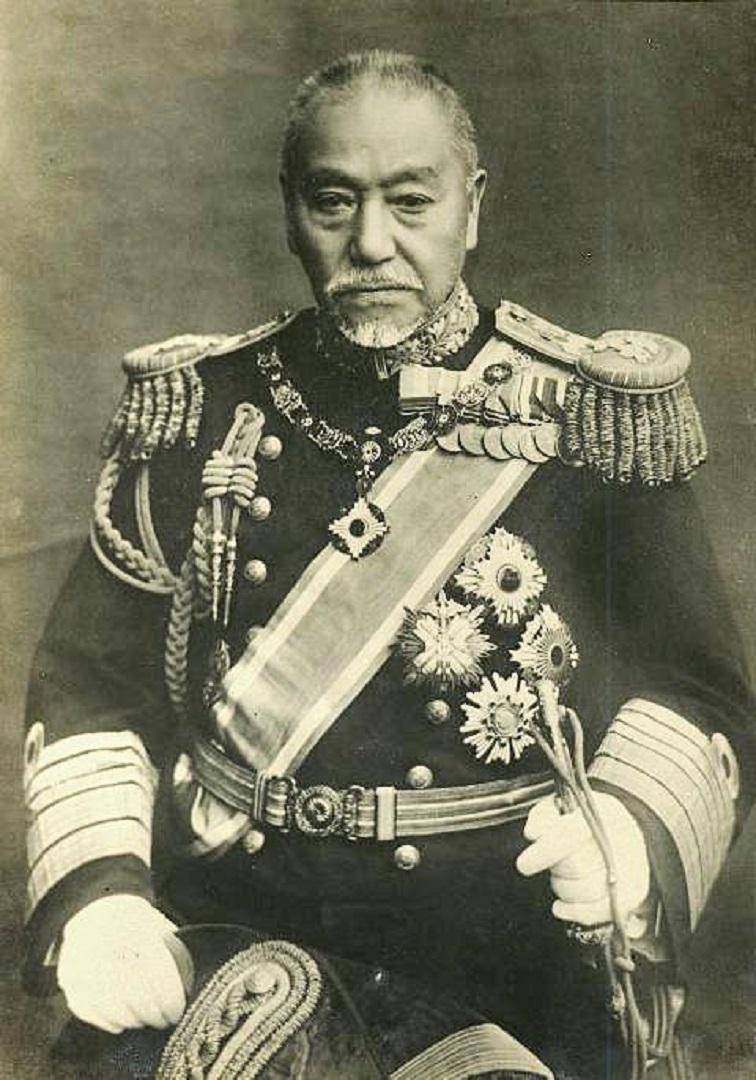According to Japanese media reports recently, British Prime Minister Johnson has recently announced that he will send the Royal Navy to East Asian waters, and it is at the invitation of the Japanese side that the main warship it has sent is the British Navy's rather proud "QE", that is, the newly built aircraft carrier "Queen Elizabeth". The British Ministry of Defence also declared: "Next year QE will dominate the urgent issues of the United Kingdom and the Allies." It was the most ambitious feat of the British army over the past 20 years. The United Kingdom has declared its complete departure from the European Union on January 1 and is in dire need of a "global Britain", and Japan is most welcome to this.

So within 1 to 2 months, the British Navy will send an aircraft carrier strike group with the Queen Elizabeth as the core to the western Pacific Ocean, including the waters around the southwest islands such as Okinawa, and let it stay in Sasebo, Japan for a long time. In this regard, the Japanese side is simply overjoyed, because Britain's relations with China have taken a sharp turn in the past year, reaching the point of "cold". The arrival of the British Royal Navy's latest cutting-edge aircraft carrier will inject a shot in the arm for Japan to build a siege network against China in the "Indo-Pacific region".
At this time, some Japanese Defense Ministry officials recalled that exactly three years ago, the third "2+2" meeting of Japanese and British foreign ministers and defense ministers was held at the National Maritime Museum in Greenwich, a suburb of London, located in the former Royal Observatory of the United Kingdom. Johnson and other senior officials such as Taro Kono, then Japanese Foreign Minister, Onodera Godanori, then Japanese Defense Minister, and British Defense Minister Williamson, all gathered together to visit the portrait of Japanese Admiral Heihachiro Togo. When they saw this portrait, they had a "similar" smile on their faces.
What does this portrait represent? More than a hundred years ago, at the beginning of the 20th century, the British Empire and Tsarist Russia launched a "great competition" for hegemony in Eurasia, and Britain "condescended" to form an alliance with japan, which had defeated the Qing Dynasty in the Sino-Japanese War, that is, the two "island empires" at the eastern and western ends of the Eurasian continent formed an "Anglo-Japanese alliance". At the instigation of Britain, Japan and Tsarist Russia moved toward confrontation, which eventually led to the imperialist war of contention in the land of northeast China, the Russo-Japanese War.
The war ended in the Battle of the Sea of Japan. At that time, the British naval attaché in Japan, Parknam, as a military attaché watching the battle, witnessed the "Naval Battle of the Sea of Japan". In January 1905, just after the fall of the blood-stained Lushun Fortress, the Japanese hero Togo Heihachirō, in his reply to the celebration banquet, attached a photograph of Parknam, which was kept in his diary, and which is now hung in the form of a portrait at the National Maritime Museum. After a hundred years, Japan has experienced defeat, and Britain is no longer an "empire where the sun never sets", but it has become a reality for the two countries to join hands to point swords at China. More than a hundred years ago, these two "empires" could set foot on Chinese soil at will, becoming a common "source of confidence" for Britain and Japan. Text/PY